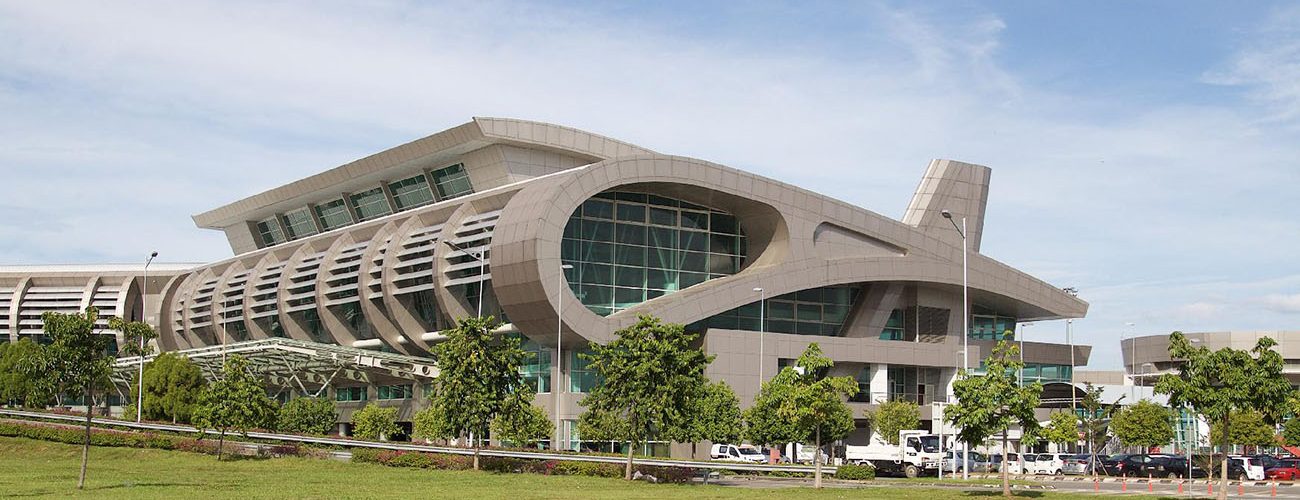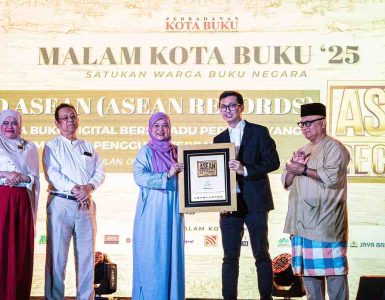
The feasibility study for relocating the Kota Kinabalu International Airport (KKIA) from Petagas to Kimanis, about 60km away, has been successfully completed.
Datuk Dr Yusof Yacob, chairman of Qhazanah Sabah Bhd, announced that the report will be presented to the Sabah Economic Planning unit this week, followed by approval consideration at the next cabinet meeting.
The proposed relocation is a collaborative effort between Qhazanah Sabah Bhd and property developer Berjaya Land Bhd, with the aim of addressing the anticipated increase in passenger capacity, projected to reach up to 36 million annually by 2035.
KKIA feasibility study presentation to authorities
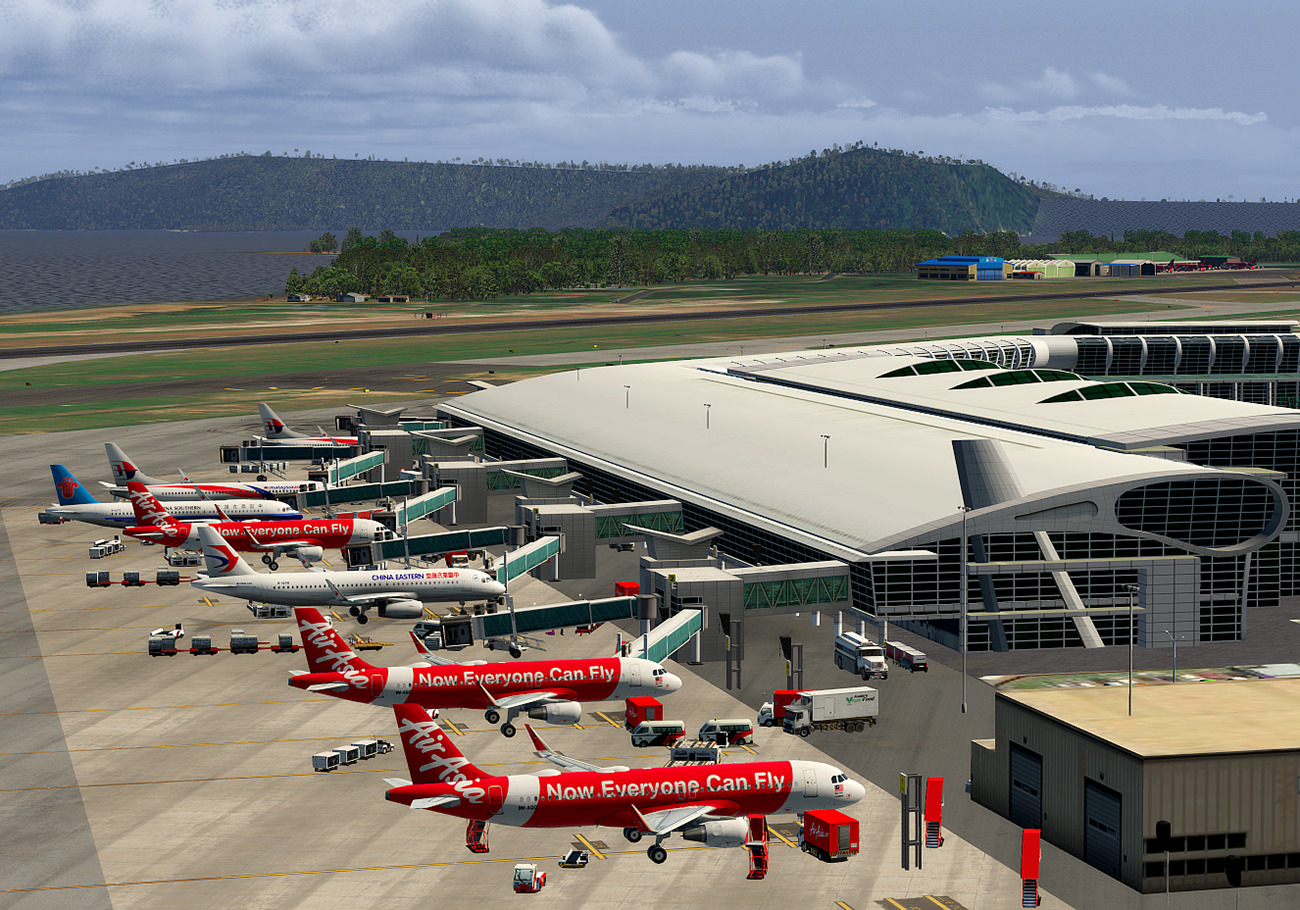
The long-anticipated feasibility study on relocating Kota Kinabalu International Airport (KKIA) has reached its completion. Qhazanah Sabah Bhd, in partnership with Berjaya Land Bhd, has been spearheading the study to explore the possibility of moving the airport from its current location in Petagas to Kimanis, approximately 60km away.
Datuk Dr Yusof Yacob, the chairman of Qhazanah Sabah Bhd, expressed his satisfaction with the study’s results and disclosed that it would be formally presented to the relevant authorities this week. The first presentation is scheduled to take place at the Sabah Economic Planning unit. Following this, the report will undergo review and deliberation at the forthcoming cabinet meeting, where final approval will be sought.
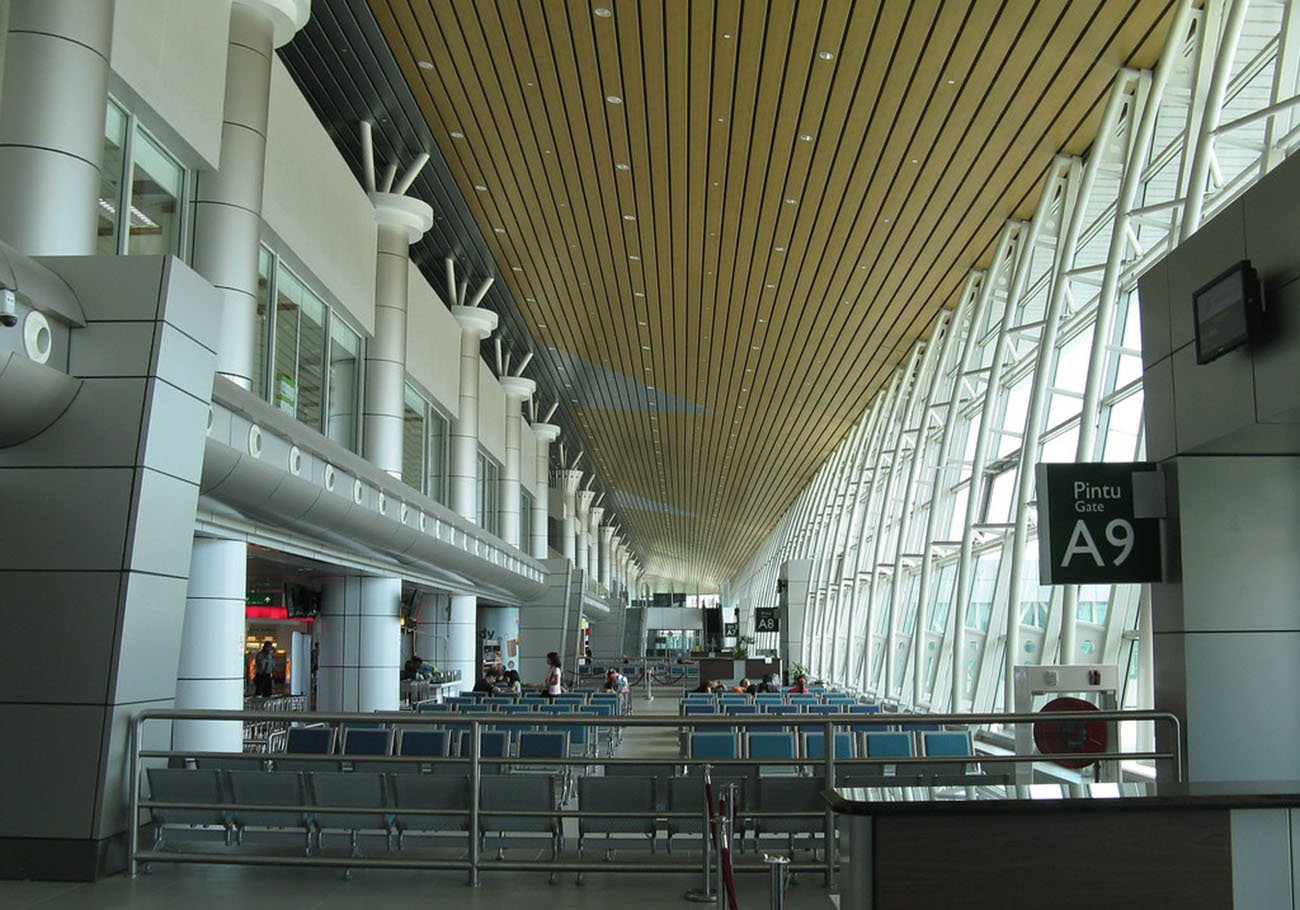
While the details of the feasibility study remain confidential at this stage, Yusof reiterated that the primary objective of the proposed relocation is to address the significant increase in passenger capacity expected in the coming years. By 2035, the annual passenger volume is projected to soar to a staggering 36 million, which surpasses the current capacity of 9.4 million passengers a year at the existing KKIA.
The expansion of KKIA’s current location in Putatan was considered; however, it was found to be insufficient to cater to the forecasted influx of passengers. With the current capacity set to double to 18 million passengers, an even larger facility is required to avoid congestion and accommodate the growing demand for air travel.
Public response and controversy
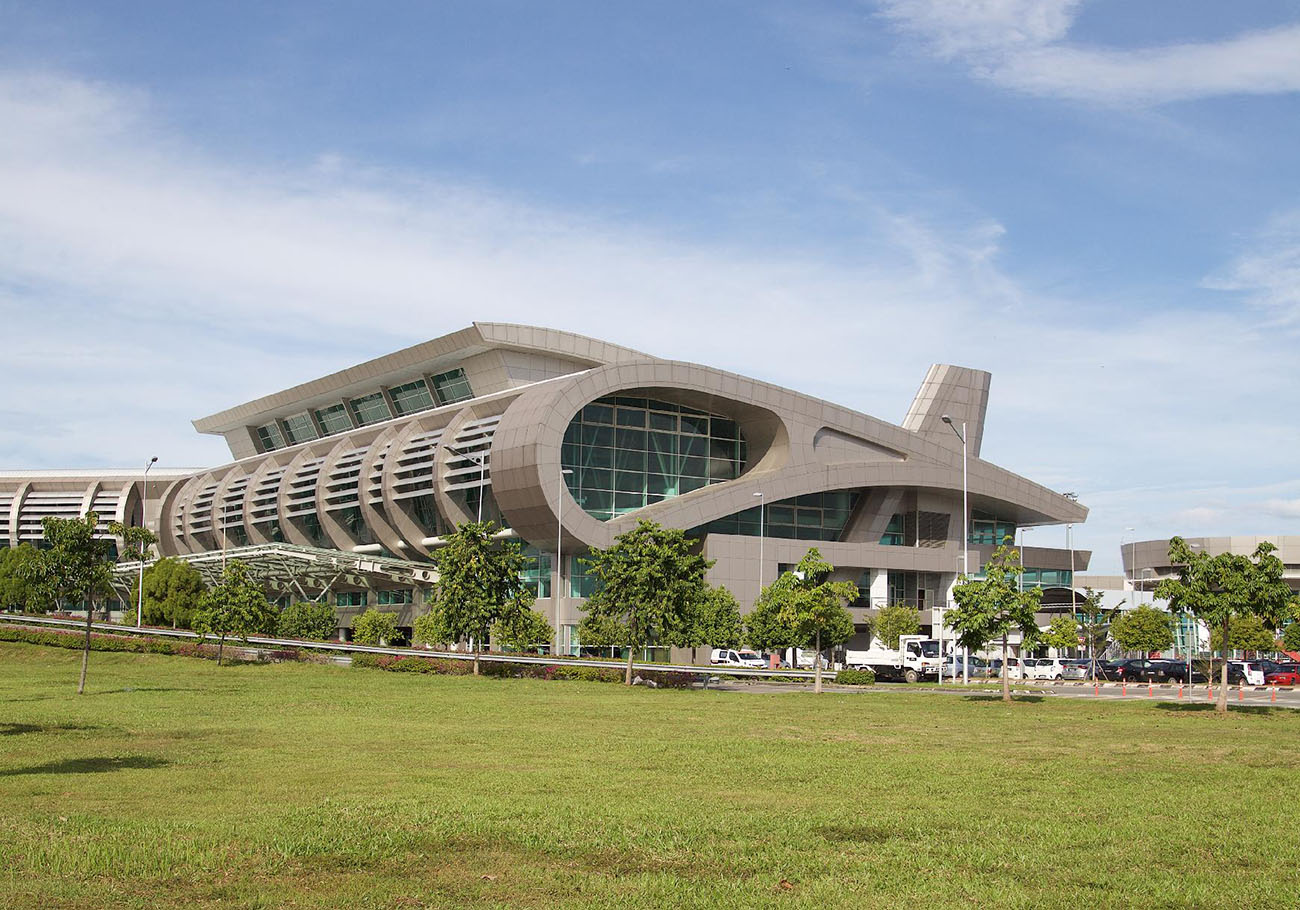
The proposal to relocate Kota Kinabalu International Airport (KKIA) has generated a mixed response from the public, with some expressing reservations about its prioritization over other pressing issues concerning infrastructure and basic necessities.
While the need for a more extensive airport to handle the projected passenger influx is acknowledged, some critics argue that the focus should instead be on addressing crucial challenges faced by the community, such as improving healthcare facilities, education, and affordable housing.
However, proponents of the airport relocation project argue that its successful completion could be a catalyst for economic growth in the region. By facilitating increased air traffic and improving connectivity, Sabah could attract more tourists, foreign investments, and business opportunities. This, in turn, could create jobs and spur development in various sectors.
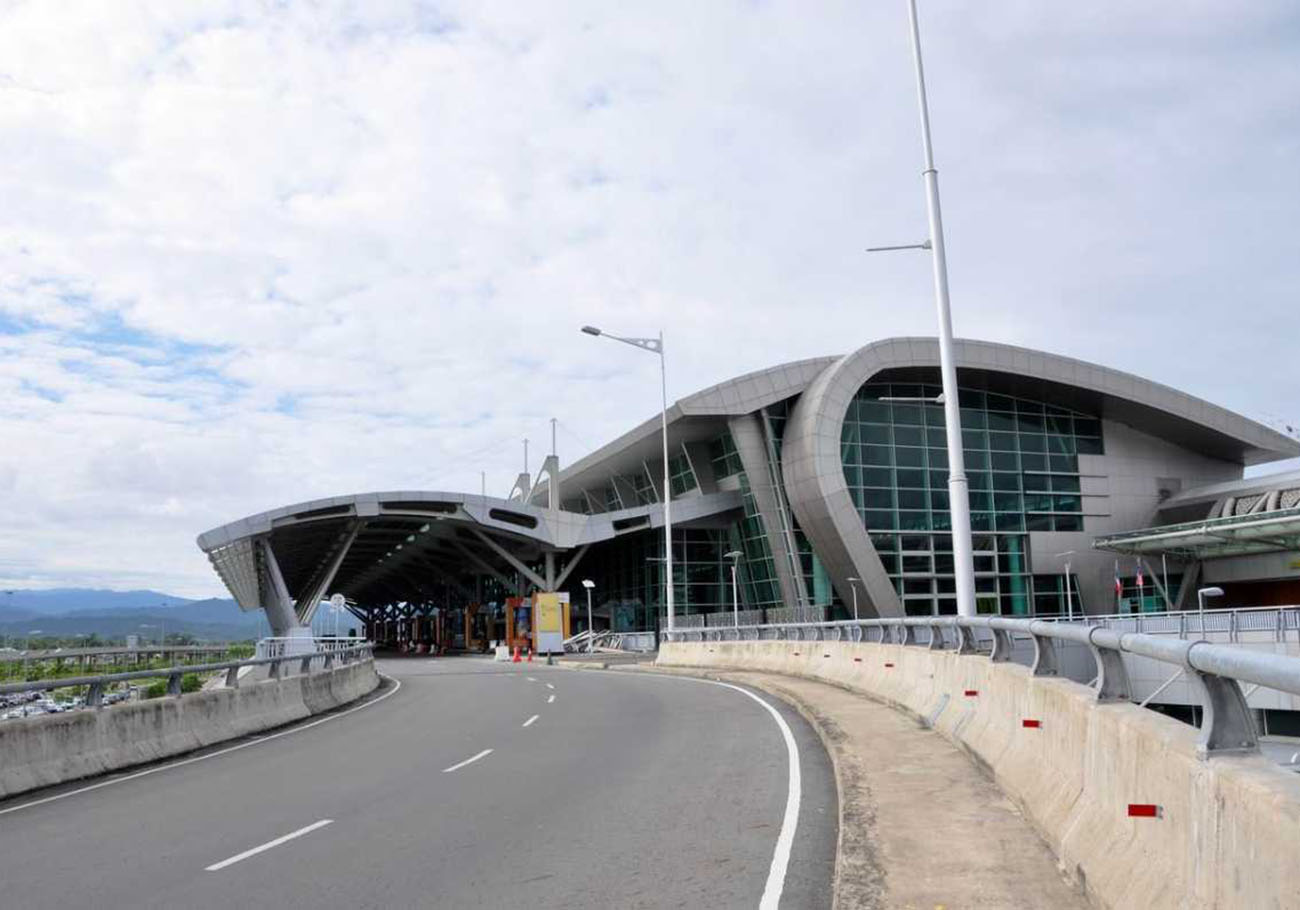
Advocates also highlight that the relocation is a strategic move to accommodate the projected growth in tourism and trade, which are vital pillars of Sabah’s economy. It is expected that a more modern and larger airport in Kimanis would enable the region to cater to the rising number of tourists and efficiently handle the import and export of goods.
The controversial aspect of the project has sparked public discussions and debates, prompting the authorities to carefully consider all viewpoints before reaching a final decision.
The completion of the feasibility study marks a significant milestone in the ongoing efforts to relocate Kota Kinabalu International Airport (KKIA) to Kimanis. With the report now ready for presentation to the relevant authorities, the fate of the proposed relocation project lies in the hands of decision-makers.
The proposed move aims to address the foreseen challenges in accommodating the increasing passenger capacity, projected to reach 36 million annually by 2035. While the study’s outcome remains confidential, supporters believe that a modern and larger airport in Kimanis could serve as an economic catalyst for the region.


